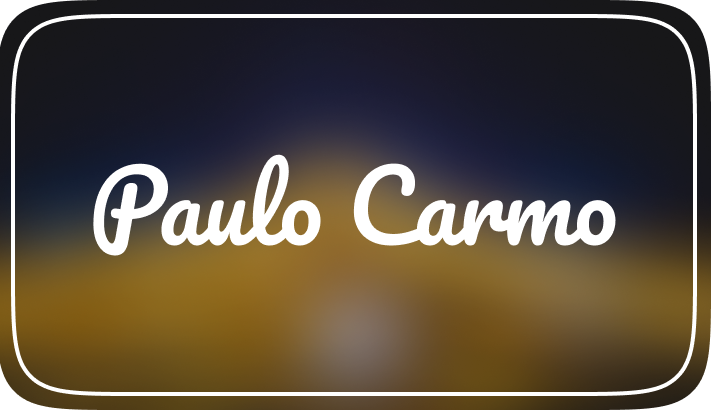Researching
What is this?
This is a broad way of finding solutions to problems and discovering things. Desk research, benchmarking, usability testing, shadowing, ethnography, interviews, surveys, etc. There’s a specification for every method. We can't say that everyone works in every single project, it's a valuable skill for a researcher to plan and find their perfect match.
When I used it
All the time, of course. But, I want to highlight my first real contact with research in my career. I was working as an intern in Sao Paulo's Metropolitan Transport Secretary in 2018, when I had to conduct requirement gatherings. I chose to interview other employees to understand their needs; it was quite satisfying to build an internal system based on employee feedback through usability score, and most importantly: the results were fully functional. Since then, I’ve been a researcher.
Report
What is this?
In a nutshell, this is The Point. A report is used to finalize the research of a project and translate the discovery process to each team. A project may result in many reports. It's the main channel to communicate ideas, insights, failures, highlights, next steps, and finally, to show the ability of an efficient researcher. There's a lot of content variety that can be explained and shown during the presentation.
When I used it
In all my requirements and projects. It was a successful case when in Banco Digio we created a study aboutQR Code instruction level among Brazilians. This specific research provided results and insights to three demands. This report works very well in presentation, but as an offline PDF. It was quite easy to understand and share the knowledge from across the company index.
Concept Map
What is this?
The truth is: there's a dark moment when you discover so many things. The superhero concept map is between us to fix it. This is a visual organization method to clarify ideas and results, basically grouping larger categories and then branching out the segments. One detail: everything is most like concept generics in a non-technical language.
When I used it
Launching a new product in Banco Digio was sometimes a long process. In a certain period of time, the design team had to face a great challenge to discover a new product for our profitable customers. So many concepts, so many results... I organized everything into four categories: Attention, Living, Engagement and Offer. Everything the product could be was there, so easy to understand. I've presented this CM maybe 20 times - yes, it works.
Experience x Cognition
What is this?
Ok, this is not a method, I know, but when we talk about increasing value and positive outlook, exploring this relationship can bring a lot of new things. It's more accurate to say that I take the project goals and values and relate them to behavioral themes, like safety, community belonging, etc. The output is a dashboard with these themes signaled, and within them, analyses, recommendations, scientific bases and whatever makes sense.
When I used it
Exploring the macro vision on bank account registration at Banco Digio. We could analyze all the flow, and discover what we can do to reduce friction points, make customers complete the process, optimize the back-end and declined customers, and a correspondence with the real world most accurately. It became an opportunity to do something completely new in the Brazilian market.
Presentation
What is this?
Okay, we have results, now what? It's time to share. Sharing knowledge can be done in many ways, but storytelling is a hard task to develop. Think about how to captivate the audience, simply broadcasting information, timing, and good speech. With confidence any presentation can convey good values, including professionalism and answering all the questions before even having them asked.
When I used it
What you are reading is one of my presentations. I'm presenting myself. But one of the most important was the Kantan Pitch. In 2018, with my colleagues, we delivered a class project that after a few months became a new startup. We only had five minutes, and we delivered with speech, synchronicity, knowledge, practice (real-time app testing), strategy, and perfect visual support. See Kantan Synthesis.
Persona
What is this?
The illustrated definition of who the company or product consumer is. But why is it here? To develop the persona, you need research, research, and more research. Every method is valid. Talk to users, get to know them, talk to them again, show the company, do some workshops, talk to them again, ask questions in surveys, repeat your process, and show everyone in the company. Everyone. Constantly.
When I used it
At Banco Digio we had personas. I participated in the process; it was not my project, but I was there to understand how to put millions of customers into four wireframes. After that, sharing and spreading the power of the persona.
That's not all folks.
More key deliverables:
Blueprint ● User journey map ● User stories ● Ecosystem ● Competitive analysis ● Value proposition ● Interview with stakeholders ● Brainstorming ● Moodboard ● Storyboard ● User Flow ● Task analysis ● Taxonomy ● Content Audit ● Heuristic Analysis ● Sitemap ● Feature roadmap ● Scenarios and use cases ● Metrics analysis ● Sketches ● Prototypes ● Pattern library
Let's talk, I can show you more.
Thank you!
